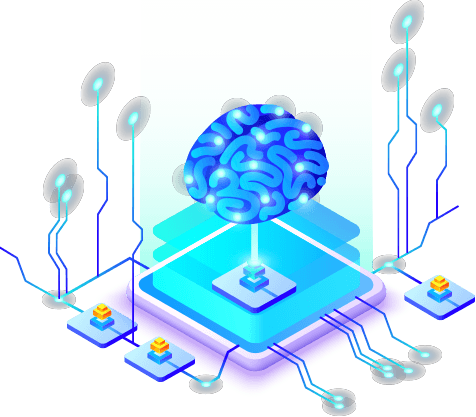The Human Touch: An Introduction to Data Annotation and Labelling

In the world of artificial intelligence, data is the new oil, but raw data is not enough. For an AI model to learn, it needs high-quality, structured, and labeled data. This is the crucial, behind-the-scenes process of Data Annotation And Labelling. It is the human-led task of adding metadata or "labels" to raw data—such as images, text, or audio—to make it understandable for machine learning algorithms. This process essentially "teaches" the AI by providing it with examples of what it needs to learn to recognize. The explosive growth of AI across all industries has created a massive and rapidly growing demand for these essential services, with the market expected to grow to a valuation of USD 17.9 billion by 2035, powered by a strong compound annual growth rate of 15.71% during the 2025-2035 forecast period.
At its core, data annotation is about adding context to data. For an AI model being trained for computer vision, this involves a human annotator meticulously identifying and labeling objects within an image or a video. This can be as simple as drawing a bounding box around a car and labeling it "car," or as complex as a "semantic segmentation" task, where every single pixel in an image is classified (e.g., this pixel is a road, this one is a tree, this one is a pedestrian). For a natural language processing (NLP) model, annotation can involve tasks like sentiment analysis (labeling a piece of text as positive, negative, or neutral) or named entity recognition (identifying and labeling names, places, and organizations within a text).
The process is often labor-intensive and requires a high degree of accuracy and consistency, as the quality of the final AI model is directly dependent on the quality of the training data. A single mistake in labeling can confuse the model and lead to poor performance. To manage this, the industry uses specialized annotation software platforms that provide the tools for drawing bounding boxes, polygons, or labeling text, as well as features for managing workflows, tracking quality control, and collaborating with a team of annotators. These platforms are essential for managing the large-scale annotation projects required to train a modern AI model, which can often involve millions of individual data points.
Ultimately, data annotation and labelling is the foundational, and often most time-consuming and costly, part of the entire machine learning lifecycle. It is the invisible but indispensable human effort that fuels the AI revolution. Without high-quality labeled data, even the most sophisticated AI algorithm is useless. As businesses and researchers continue to develop more and more AI applications, from self-driving cars and medical image analysis to chatbots and content moderation, the demand for the expert human-in-the-loop services and the advanced software platforms that enable data annotation will only continue to grow, making it a critical and strategic part of the AI supply chain.
Explore Our Latest Trending Reports:
